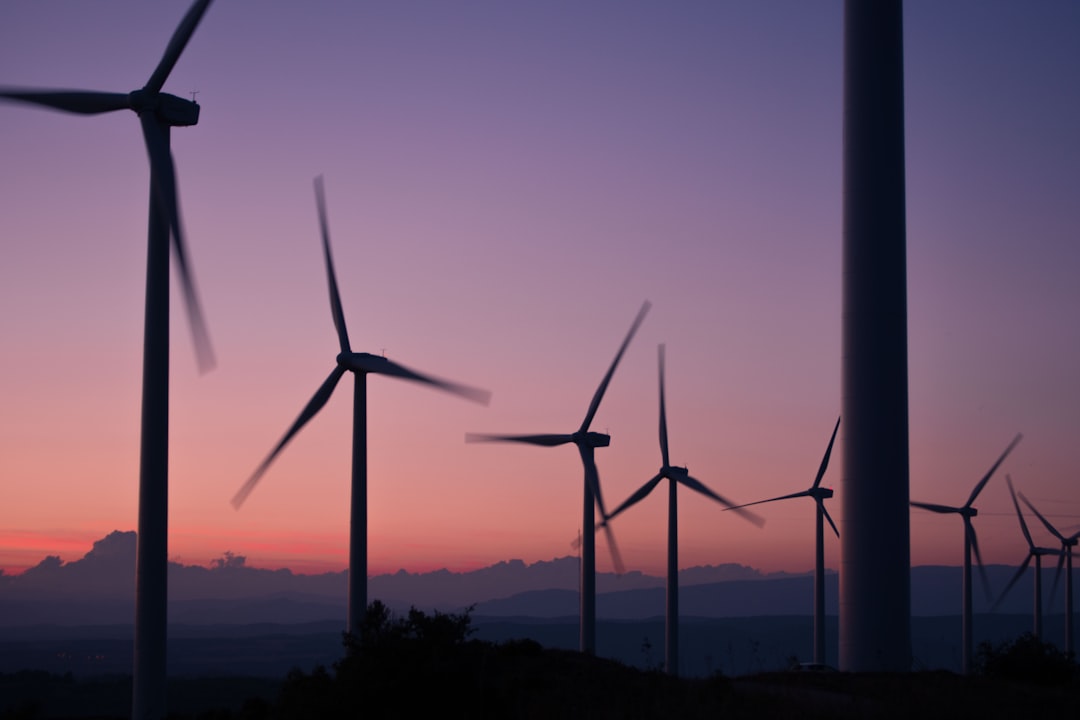What is it about?
Canned induction motors (CIMs) are particularly important for high vacuum application due to its low cost, simple design, and mechanically robust. Herein, this study reveals a mechanism of asymmetrical stator axes (ASA) for CIMs and proposes six coefficients to describe ASA for CIMs under asymmetrical stator phase’s windings. Using winding theorem, this study derived the electromagnetic field and driving characteristics in the healthy condition and ASA conditions for a 1.9 kW CIM, and analyzed further using mathematical formulas and finite-element models. Both simulation and experimental results show good agreement, and significant variation was found in total harmonic distortion (THD), the amplitude of air-gap flux density, and driving characteristics of CIMs. Further, investigation of back-electromotive force (back-EMF) and stator current showed their efficacy as a diagnosis signature to detect the fault of ASA in CIMs. The obtained conclusions can serve as a valuable reference to design a highperforming CIMs control system.
Featured Image

Photo by Frank Albrecht on Unsplash
Why is it important?
Especially with the development of coordinate transformation theory, vector control technology and power electronics technology, numerous vector control strategies based on the coordinate system transformation have been put forward and applied, and different control strategies often adopt different coordinate system transformation. If the ASA can be considered when coordinate system transformation or designing the control system, an accurate result could be obtained albeit the six coefficients of ASA are very small.
Perspectives
If the ASA can be considered when coordinate system transformation or designing the control system, an accurate result could be obtained albeit the six coefficients of ASA are very small.
Zhiheng Zhang
Shenyang University of Technology
Read the Original
This page is a summary of: Influence of Asymmetrical Stator Axes on the Electromagnetic Field and Driving Characteristics of Canned Induction Motor, IET Electric Power Applications, June 2019, the Institution of Engineering and Technology (the IET),
DOI: 10.1049/iet-epa.2019.0060.
You can read the full text:
Contributors
The following have contributed to this page










